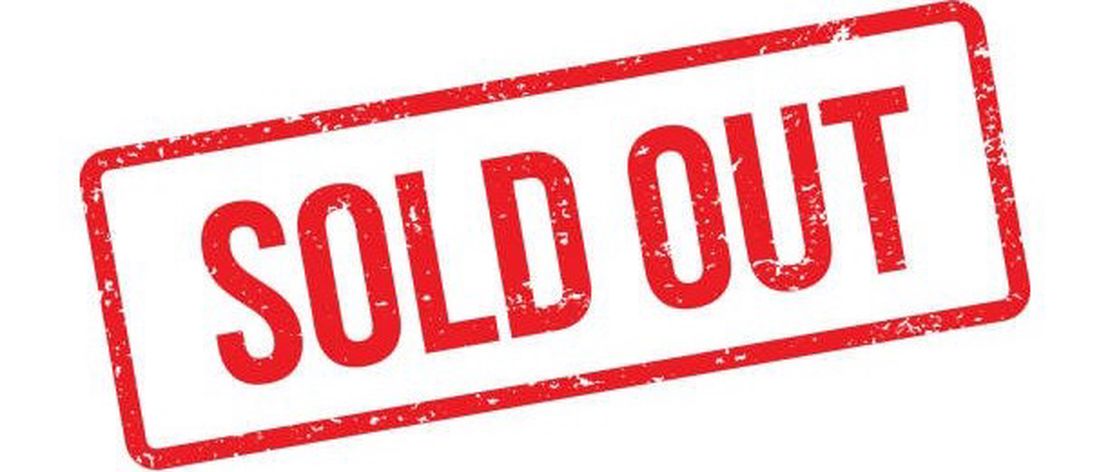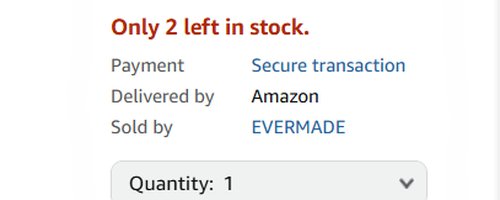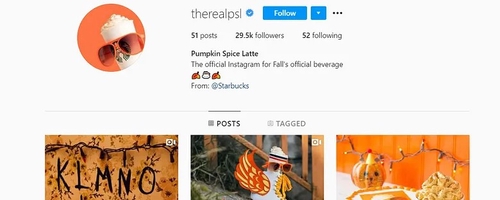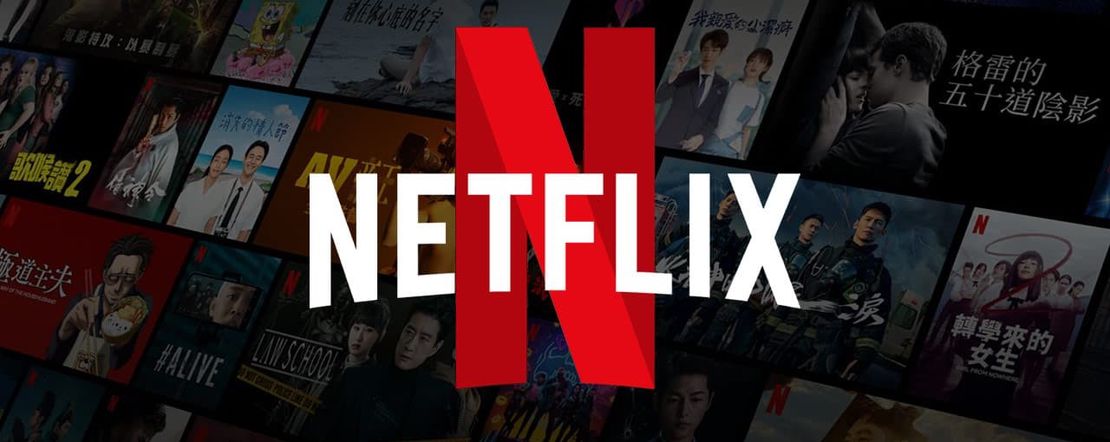
Ecommerce & Scarcity Markerting
- Sejal Gupta
- Behavioral economics , Consumer psychology
- March 8, 2021
In one of my other blogs, we explored the power of scarcity and how coffee shops can leverage it. In any business negotiation, the party with scarce or unique resources has more bargaining power & can exert influence over the negotiation to achieve desired results.
This blog will further explore how we can use scarcity to boost the demand for a product and encourage higher sales.
Year on year, our dependence on E-commerce platforms like Amazon, Myntra, Grofers has been increasing drastically, all thanks to the global pandemic and the boom of convenience economy. And we might have come across messages such as “Only 2 left in stock”, “41 people are viewing this item,” etc., more than we realize.

Sometimes, these inventory-related messages may be true, but they are mostly part of a marketing technique known as “Scarcity Marketing.” These messages lead customers to believe that this particular product is in high demand, which implies it might sell out soon. This encourages the customer to place their order sooner rather than later.
And this is how by creating an Illusion of Scarcity, businesses can accelerate demand for their products.
Scarcity Marketing aims to create a sense of urgency to make people scared that they will not be able to buy something “that they want” if they don’t act fast. It is important to note that this tactic doesn’t make the consumer want the product but only pushes them to buy the products they already want more quickly.
Why does the illusion of scarcity work?

Let’s imagine 2 jars of cookies. The first jar has plenty of cookies, while the second jar only has 2 cookies. The cookies in both jars are identical. In an experiment conducted by Stephen Worchel in 1975, he found that subjects preferred to take cookies from the second jar (with one with two cookies), even though both jars’ cookies were identical. This clearly demonstrates the scarcity of cookies in a jar makes its cookies more attractive to the subject.
Scarcity marketing works for three main reasons:
Buyers who purchase scarce items feel exclusive: Buying a rare or limited supply product makes the buyer feel a sense of power as people tend to view scarce items as more valuable.
Buyers fear the feeling of non-purchase regrets: Since buyers believe scarce items to be more valuable and hence rare, they don’t want to miss their one-time shot at possessing something rare.
Buyers experience fear of missing out (FOMO): FOMO is the psychological stress you experience when you’re feeling excluded or left out of enjoyable experiences.
Few more examples…
- Bumble: The famous dating app Bumble gives women only 24 hours to make the first move. Then men only have 24 hours to respond. By giving users limited time, Bumble encourages its users to initiate/reply to a conversation at the earliest to avoid the chance of getting unmatched.

- Starbucks: Starbucks launches holiday special drinks every season. Their pumpkin spiced latte is a noticeable example. Since PSL is only available for a limited time, it encourages die-hard PSL fans to rush to their nearby Starbucks. They also launch aggressive marketing campaigns to promote the limited offer. In fact, they even created an Instagram page for the same.
Limitations of Scarcity Marketing
Till now, we’ve explored why scarcity marketing works and how marketers around the world use it to accelerate demand. However, it has its own limitations. If not implemented on the right product at the right time, this tactic can sometimes backfire and push customers away from the product. Let’s find out how!
Can be used to boost “already existing sales”: Imagine a product with deficient demand on Amazon. Even if I slap a timer or a limited stock warning on the product, it won’t encourage customers to buy it because they are not interested in buying the product. Scarcity Marketing increases the intensity of desirability of an item that is already in demand. One must aim to create a loyal customer base before tying in an illusion of scarcity with the product.
Too much pressure is a bad thing: When you put too much pressure on the consumers to act, they may feel like you’re forcing them into action and not letting them make their own decisions. This is an easy way to break ties with loyal customers.
Scarcity should be used in moderation or “scarcely”: If each product you browsed on Amazon was available in limited stock, you’re likely to get annoyed. If nothing else, you’ll think that Amazon can’t manage its inventory well. This can hurt the brand’s reputation and affect its customer base negatively.
Conclusion
Scarcity marketing is a widely used tactic, and we come across it more often than we realize. However, as consumers, we need to realize how the illusion of scarcity can sometimes trick us into buying products in a hurry without assessing other options. For marketers, this may not be a silver bullet but can do wonders if used on the right product at the right time!
Related Posts

Why is less, more? : The Choice Overload Phenomenon
Do you remember how long it took you to decide which movie to watch on Netflix last time?
Read More
Coffee Shop Menus, Zomato & Price Targeting Strategies
Remember when Zomato introduced the “Add tip for the delivery executive” feature?
Read More
The Sunk Cost Fallacy and Music Concerts
Imagine you bought tickets to a concert a few weeks ago for INR 2000.
Read More